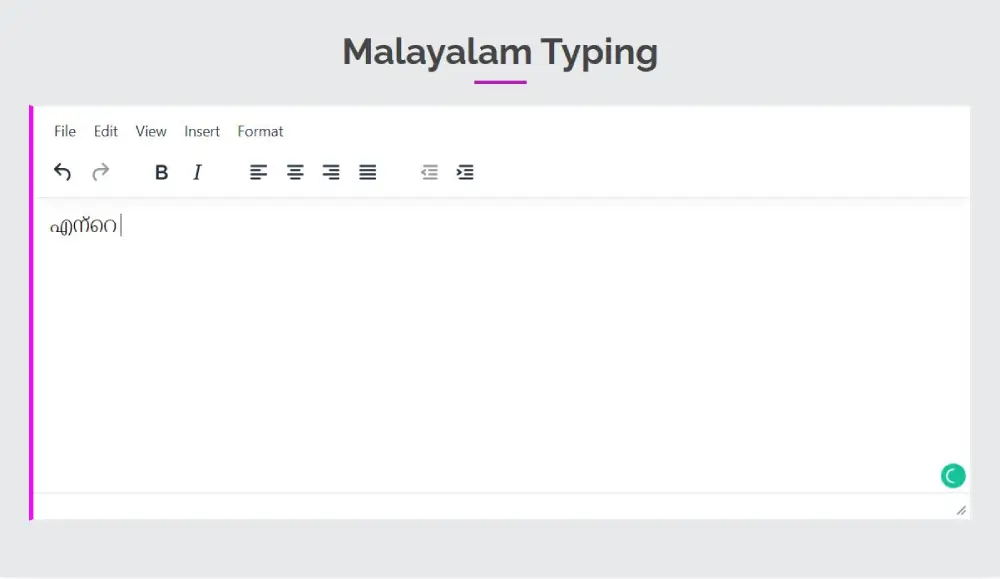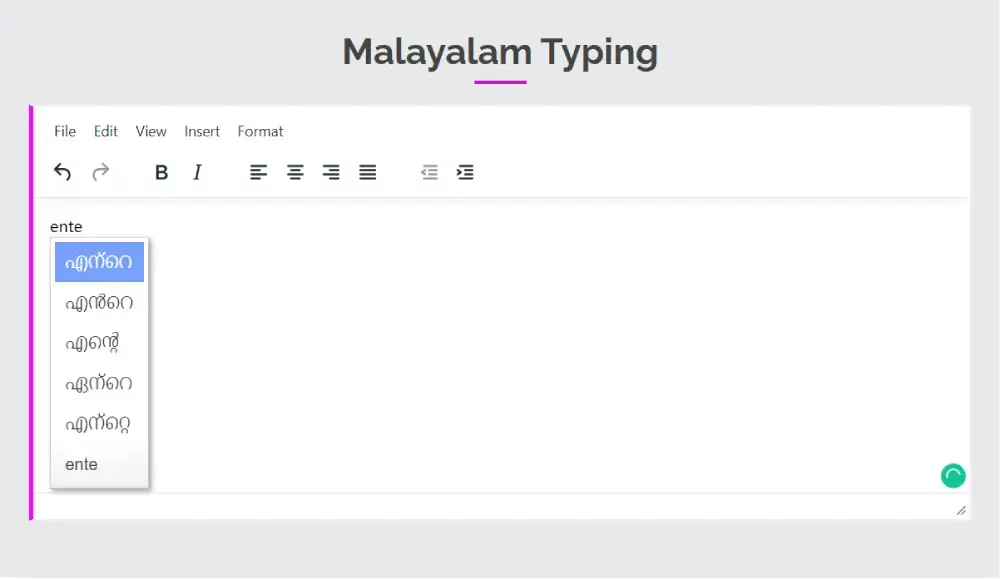Get Started with Our Urdu Typing Tool
Our Urdu typing tool makes it easy to type in Urdu without any technical knowledge or software downloads. All you need to do is visit our website and start typing! Our intuitive layout ensures that you`ll be able to quickly navigate the page and get started with your typing. Best of all, you don`t have to worry about accuracy - our tool will automatically detect and correct mistakes as you type! In mobile when you type in all the given text-area space, your content fills the text-area and if you want to increase the size of the text area, you can expand its size each time you press the button EXPAND and after completion and start a new content typing press the button SHRINK and the text area will be back to its original size. On the desktop, once the text has been typed into the desired language, all you need to do is select it all, press “ctrl-c,” copy it, and then press “ctrl-v” to paste it back into your document. When you are on mobile just simply click the COPY button and copy all your text and then paste it into your desired location. And also clear your text area after typing press the CLEAR button and you can type other contents as you like.
Unable to find the correct transliterate?


Urdu Language
Urdu is an Indo-European language spoken primarily in Pakistan and India. It is the official language of Pakistan and is one of the 22 official languages of India. Urdu has its roots in Persian and Arabic and has been heavily influenced by both languages. It is written in the Perso-Arabic script and is known for its rich literary tradition.
The Urdu script is written from right to left, like Arabic. It is important to note that pronunciation and spelling can vary between different dialects of Urdu. But numbers are written from left to right, just like in English and other Western languages.
History of Urdu
Urdu has a rich history that can be traced back to the 13th century in northern India. It evolved from a mixture of Persian and local Indian languages and gained popularity as a language of poetry and literature in the Mughal court. During the British Raj, Urdu was adopted as a symbol of Muslim cultural and literary heritage and became an important means of communication for the Muslim population of India. After the partition of India in 1947, Urdu was made the official language of Pakistan, where it continues to be widely used today. Despite being associated with a specific religious group, Urdu has been embraced as a language of cultural and literary expression by people of diverse backgrounds in both India and Pakistan.
Urdu Script (اردو رسم الخط)
Consonants (کنسوننٹس)
ب (b), پ (p), ت (t), ث (th), ج (j), چ (ch), د (d), ذ (z), ر (r), ز (z), ژ (zh), س (s), ش (sh), ص (s), ض (z), ط (t), ظ (zh), ع (`), غ (gh), ف (f), ق (q)
Additional Letters (اضافی خطوط)
تشدید (ts), خ (kh), ح (h), جحخ (jh), ثذ (th), دذ (dz), زذ (zd), دح (dh), زح (zh), دخ (dh), زخ (zh), دج (dj), زج (zj), دژ (dzh), زژ (zh), تہ (t`h), ثہ (th`), دہ (d`h), ذہ (z`h), ضہ (z`h), ظہ (zh`).
Vowels (سر)
"ا" (alif), "و" (waw), "ی" (ye), "آ" (alif madd), "ہ" (he), "ے" (e), "ؤ" (waw hamza), "ع" (ain), "ئ" (ye hamza)
Numbers (نمبرز)
0 - صفر (sifr), 1 - ایک (ek), 2 - دو (do), 3 - تین (teen), 4 - چار (char), 5 - پانچ (paanch), 6 - چھ (chh), 7 - سات (saat), 8 - آٹھ (aath), 9 - نو (nau)
Transliterate English to Urdu
Our online typing system will allow you to transliterate English into Urdu. We use the Google transliterate feature to translate, which is very fast and accurate. You can simply convert each word, just press the space bar after typing them. Also, you can get a choice option dropdown if you press the back key. You can edit your text with a text editor to bold, italic etc. Format and style all your converted Urdu content. We use some autocorrection features to transliterate your broken words without retyping them. Which saves you more time in typing.
Press (Ctrl+G) to switch between English and Urdu. Also, you can save them as txt or doc for your further use.
Translate vs Transliterate
Translation refers to the process of converting written text from one language to another while preserving the meaning of the original text. Translation involves converting the words and phrases of a text from one language to their equivalents in another language, taking into account the context and cultural differences between the languages.
Transliteration, on the other hand, refers to the process of converting written text from one script (alphabet or writing system) to another, while preserving the sounds of the original text. Transliteration involves converting the letters and characters of a text from one script to their equivalents in another script, without necessarily preserving the meanings of the words.
For instance, the Urdu equivalent of the English phrase "Hello, how are you?" is "ہیلو آپ کیسے ہیں؟" This translation keeps the original phrase`s meaning. On the other hand, the English phrase "Hello, how are you?" can be transliterated into the Urdu alphabet as "ہیلو، ہو ارے یو؟", which preserves the sounds of the original phrase but not necessarily it`s meaning.
Translation and transliteration are both useful tools for helping people communicate and understand written text in different languages and scripts. However, they serve different purposes and involve different approaches to converting written text.
